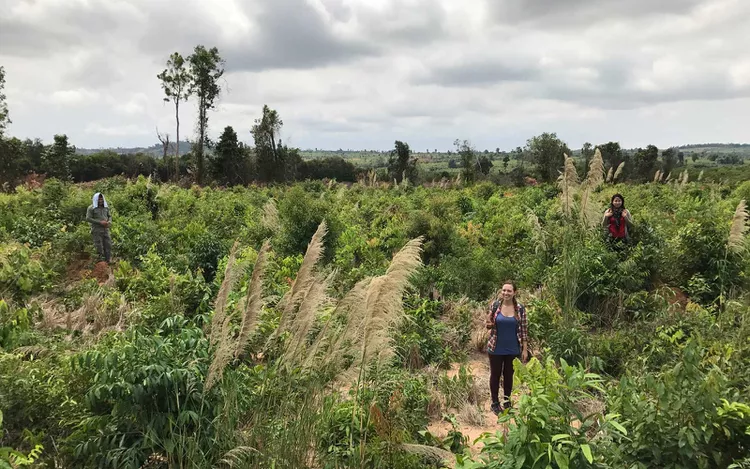Unearthing Mahendraparvata: The Lost City of the Khmer Empire
Archaeologists have uncovered an ancient “lost city” that was once a capital of the Khmer Empire in Cambodia.
Mahendraparvata, or the Mountain of Indra, King of the Gods, served as an early site of the ancient empire. Researchers discovered the city through on-the-ground surveying and overhead laser scanning, according to a recent report published by the archaeology journal, Antiquity. The massive temples built from bricks and stones left significant imprints on the earth, guiding researchers to the historic site.
:max_bytes(150000):strip_icc():format(webp)/mahendraparvata-cambodia-research-team-LOSTCITY1019-021c95668ce04365808c2cc68c31ecf2.jpg)
The imprint reveals a sophisticated urban planning system that included:
- Neighborhoods
- Water management systems
- Agricultural networks
- Transportation links to other nearby cities
Research Efforts in Phnom Kulen
Researchers have been diligently working to create a more precise map of the mountainous region in Cambodia, known as Phnom Kulen, where the Khmer Empire established many of its early cities, including Mahendraparvata. The ancient empire is believed to have thrived from the ninth to the 15th centuries.
:max_bytes(150000):strip_icc():format(webp)/mahendraparvata-map-cambodia-LOSTCITY1019-69e77aeccfa944d8944bbee8df5ee23d.jpg)
Prior to this significant discovery, archaeologists frequently referred to Mahendraparvata as a “lost city” due to the limited information available, mainly derived from artifacts found at various sites across Cambodia.
Consequently, the work described in the report effectively concludes 150 years of archaeological mapping work in the Greater Angkor region. Moreover, it establishes a foundation for more advanced spatio-temporal modeling of urban form relevant to the historical context.
Researchers hypothesize that the city represented one of the earliest engineered landscapes of its time. Consequently, further study could yield deeper insights into the Khmer Empire, which is now renowned for the temple complex and popular tourist destination, Angkor Wat.




